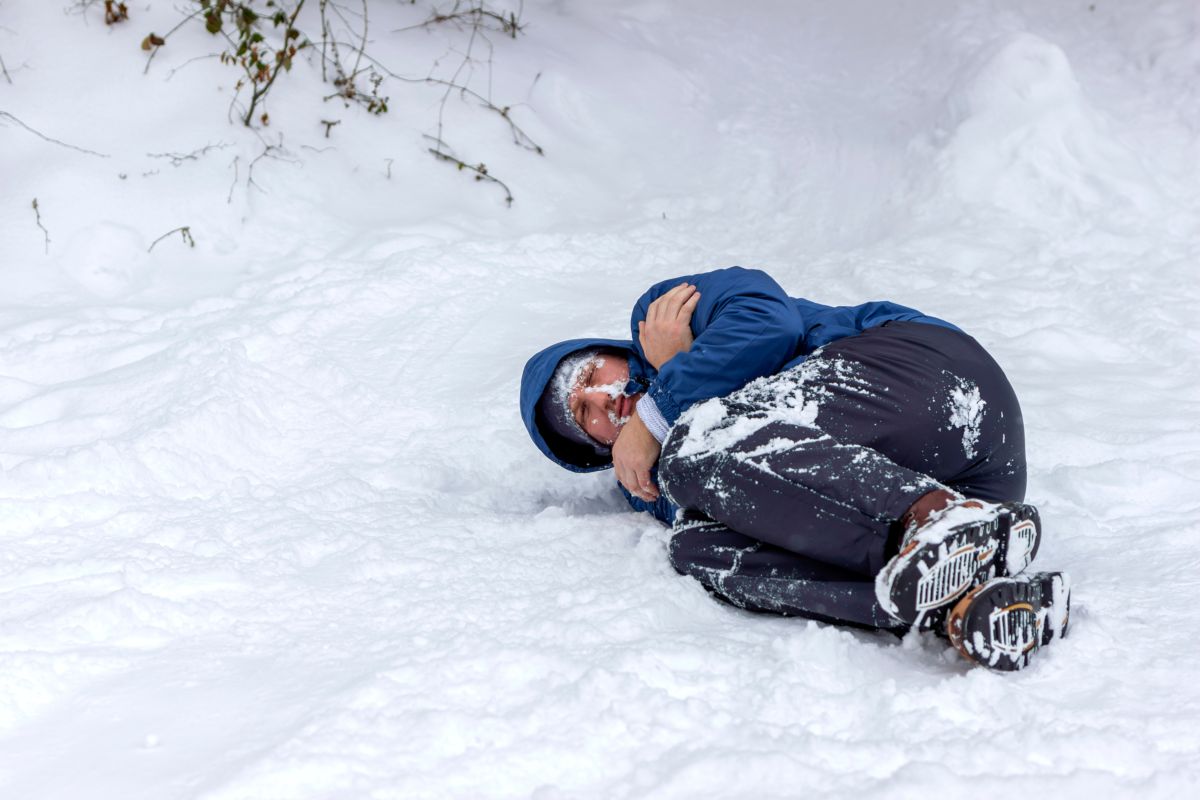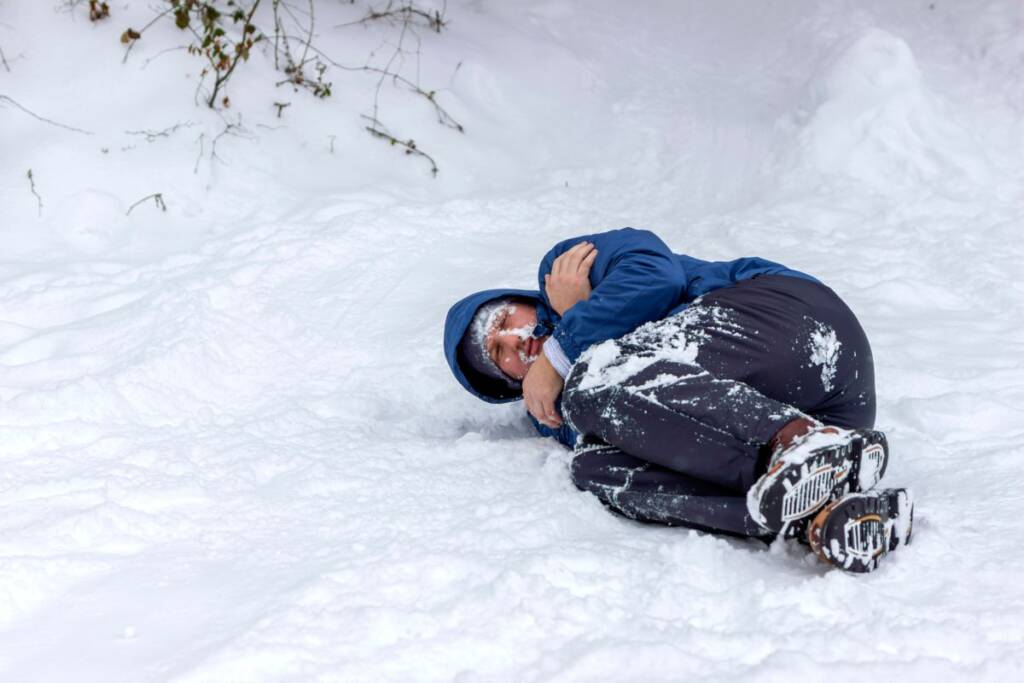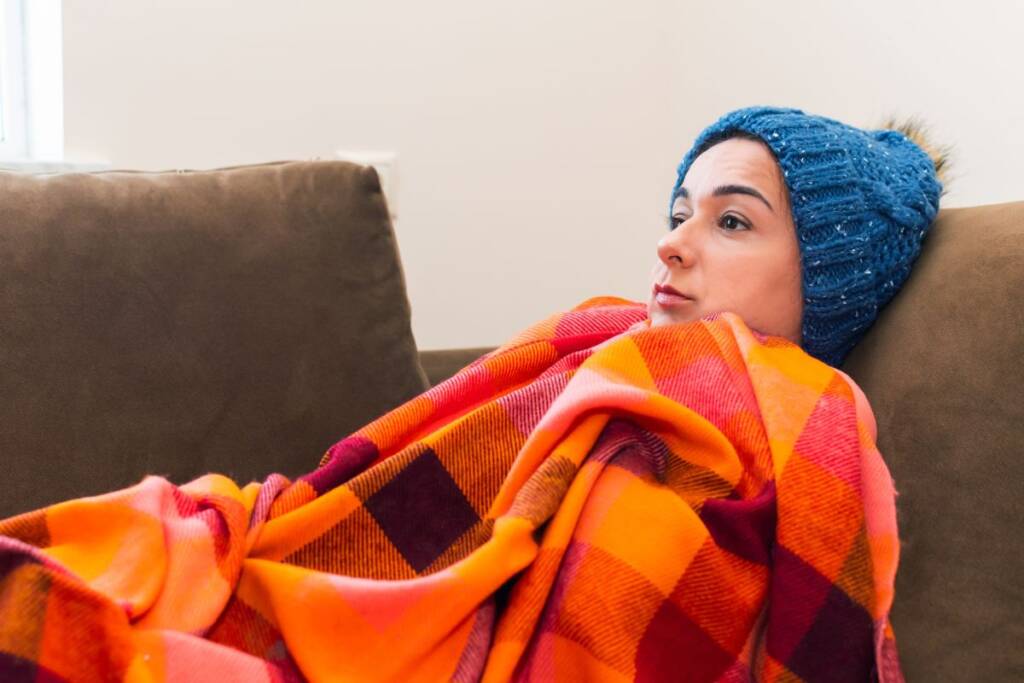Health
Hypothermia: what it is, causes, symptoms and treatments

Hypothermia occurs in case of low temperatures. Let's find out how to recognize it and what to do.
Hypothermia is a very worrying condition which, in severe cases, can even lead to death. Generally, it is a problem that occurs only in particular conditions, which are experienced accidentally or which, in rarer situations, can be linked to pathologies . Recognizing it in time is very important as it allows you to intervene promptly. Let's find out, therefore, what are the causes, the symptoms and the cure.
Hypothermia: meaning and causes
Defined as a condition of extreme emergency, hypothermia indicates a situation in which the body loses heat rapidly, with a drop in body temperature below 35°.
When this happens, the heart, nervous system, and other organs fail to function properly. For this reason it is essential to run for cover immediately. Otherwise, in fact, the risk is death.

Generally, hypothermia is caused by being too cold. It can therefore occur both in the case of prolonged exposure to a low atmospheric temperature and immersion in freezing water.
In these cases the body always reacts in the same way and with symptoms identifiable as: chills, dizziness, nausea, hunger, rapid breathing, difficulty speaking , mental confusion, loss of coordination, increased heart rate and fatigue. This problem can also be associated with other diseases, such as Addison's disease, Wernicke's encephalopathy, sepsis , septic shock and burns.
In some cases, even anorexia nervosa can lead to hypothermia, especially if you do not intervene in time with the administration of food .
How many types of hypothermia are there
Hypothermia can be divided into several stages which it is important to know how to recognize.
There is mild hypothermia which occurs when the temperature drops to around 32°C and is generally recognized by the presence of chills, rapid heartbeat, muscle pains and the onset of frostbite in the extremities of the body. Generally the most common are the hands and feet but also the nose, ears, chin, lips and cheeks.
Moderate hypothermia reveals itself with temperatures hovering between 32°C and 26°C and can also lead to confusion, drowsiness, and slowed breathing.
Finally, there is severe hypothermia which occurs when the temperature drops below 26°C. In this case, there is loss of consciousness and there is a risk of cardio-respiratory arrest and, of course, death.

Hypothermia: from symptoms to cure
Physiological hypothermia, from the very first symptoms, requires immediate intervention. It is necessary to bring the body back to the right temperature as soon as possible. For this reason it is not recommended to massage or rub the body, but it is advisable to go to a warm and dry environment, taking care to remove any wet clothing.
Once this is done, it is important to warm up the body with dry blankets, also covering the head and leaving only the mouth uncovered. Green light also for drinks, obviously non-alcoholic , and for hot packs. The latter must never be done on the legs and arms, but only on the neck, groin and rib cage. Taking lukewarm drinks can also be of great help. What matters is not to exaggerate with the temperatures.
Obviously, these are only interventions to be carried out while waiting for help. Unless you are alone in the case of a cold, in the face of hypothermia it is in fact essential to act with promptness of mind and go or take those who suffer from it to the nearest hospital. In this way it will be possible to receive all the necessary assistance, without incurring risks such as organ compromise or, even worse, death.
Once in hospital, the type of treatment will depend on the state of hypothermia and how the body reacts. In the most serious cases, it will also be necessary to check the state of the organs and tissues in order to make sure that they have not gone into necrosis.
How to prevent hypothermia
In certain cases, acting early can prevent hypothermia. To achieve this, it may be useful to enter a warm environment, remove wet clothing, perform or give light massages to reactivate circulation, drink warm drinks and use warm blankets.
In order not to run the risk of burns, it is important to avoid the use of hair dryers, stoves, fireplaces and anything that can give off direct heat. In fact, when you are in hypothermia, you do not perceive the heat and you risk exaggerating.
Riproduzione riservata © - WT











